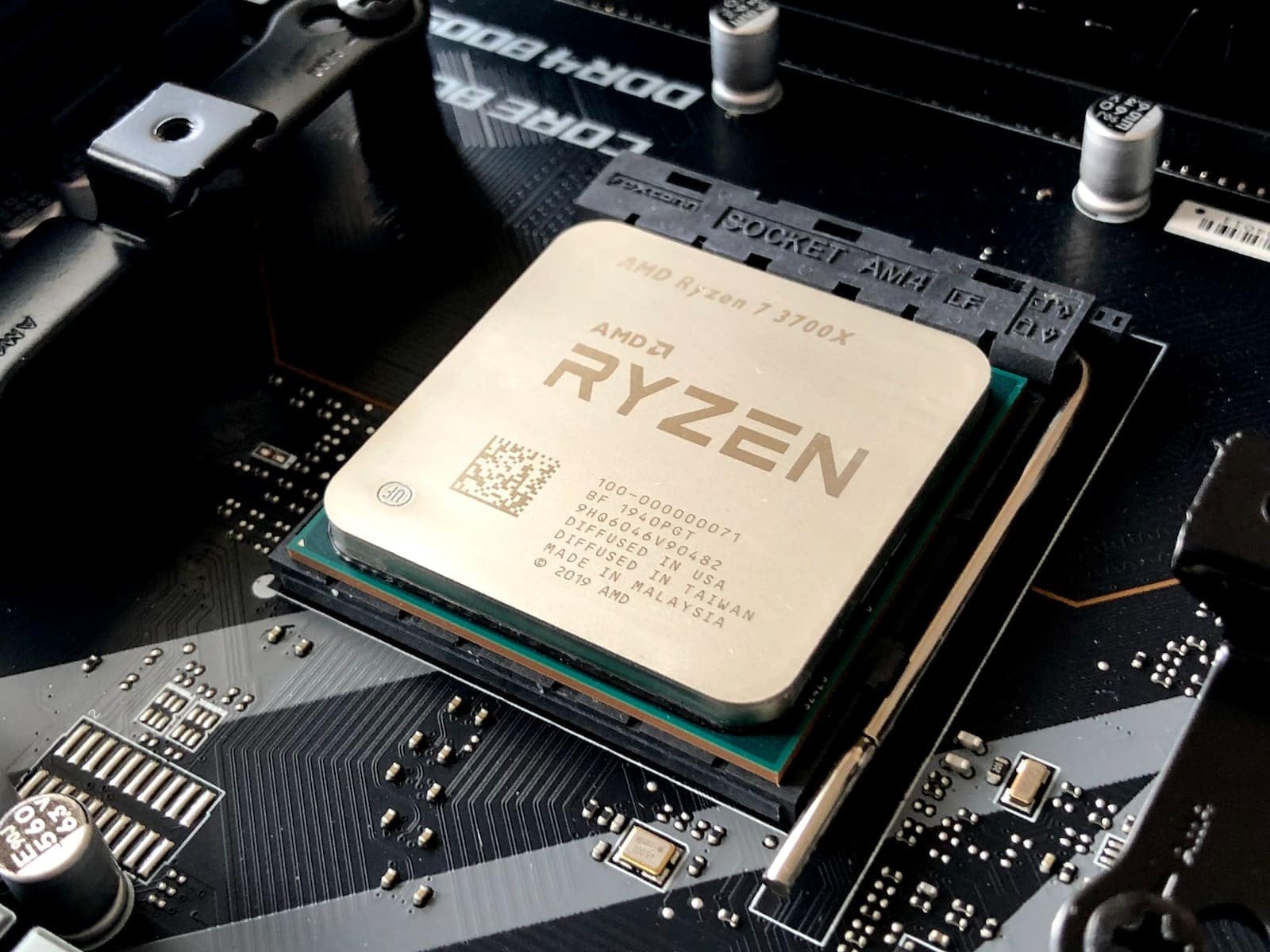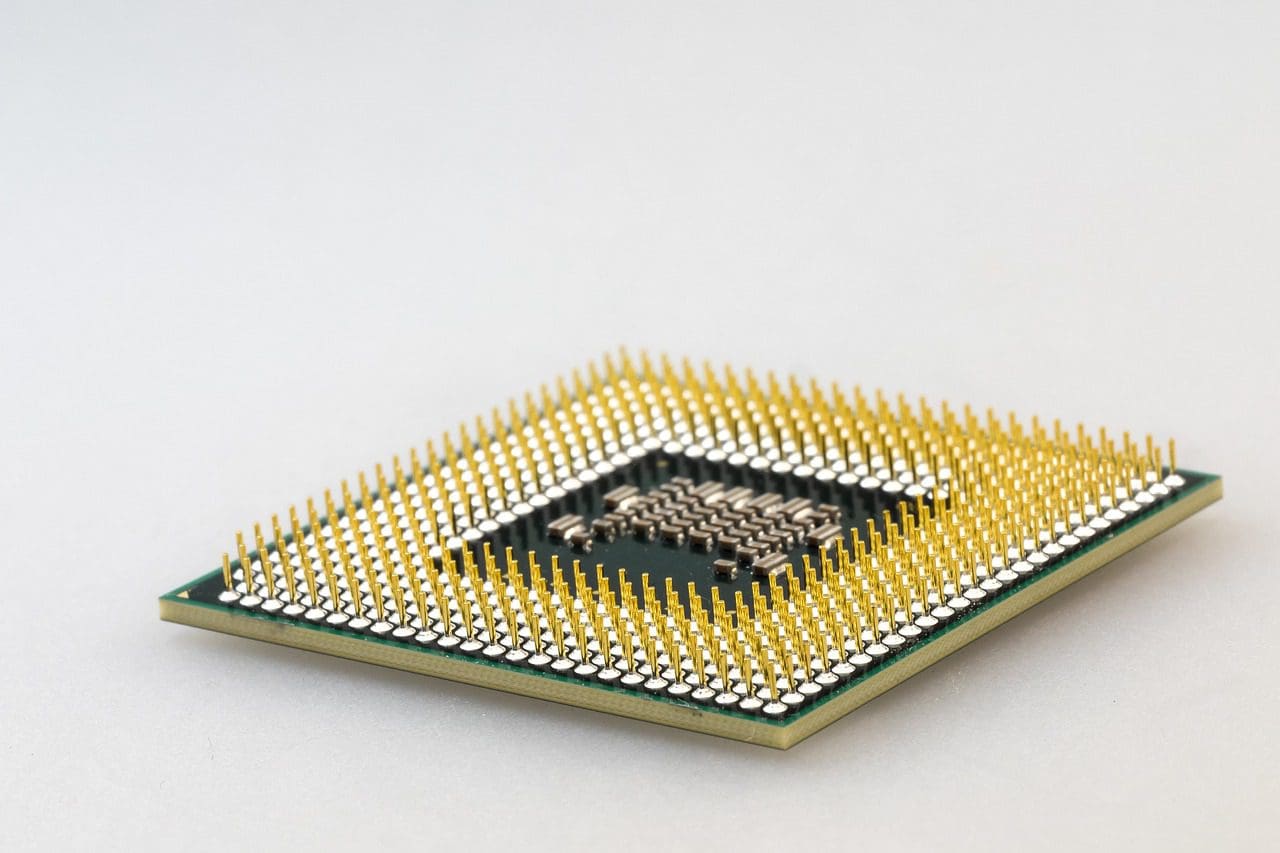When talking about computer hardware, you may have heard the terms “processor,” “core,” and “thread” being thrown around. It is important to understand the difference between these three components to correctly select the right hardware for your computing needs.
The processor is a single electrical circuit (or multiple circuits on multi-core processors) that acts as the computer’s brain. It executes instructions, controls data flow, and manages I/O (input/output). A core, or processor core, is a physical part of the processor that can contain multiple execution units dedicated to a single instruction thread. A thread can be thought of as a code path or sequence of instructions executed by the processor core.
Processor core refers to the number of processing units on a single chip, which determines how many tasks the processor can handle simultaneously. Thread is the number of processing units a processor core can handle at once, determining how efficiently it can handle complex tasks.
Key Takeaways
- Processor cores are physical units within a CPU that execute instructions, while threads represent virtual pathways for instructions.
- Multicore processors can execute multiple tasks simultaneously, improving multitasking and parallel processing performance.
- Hyper-threading technology allows each core to handle two threads, doubling the number of tasks a CPU can manage simultaneously.

Comparison Table
| Parameters of Comparison | Processor | Core | Thread |
|---|---|---|---|
| Location | It is located in the computer | It is located in the processor | It is located in the processor |
| Meaning | It is a circuit located in the computer that handles all commands received from hardware and software performed on the computer. | It is an electronic component located inside the processor that works on simple instructions given to it. | A thread is a sequential flow of control within a program. Threads break up a program into smaller, more manageable pieces. |
| Type of computer component | Physical component | Physical component | Virtual component |
| Basic operations | Fetch, decode, and execute | Fetch, decode, and execute | Thread creation, thread termination, thread join, and thread yield. |
What is a Processor?
A processor is a key component of a computer. It is a chip that carries out the instructions of a computer program. Processors are made up of transistors, tiny switches that can be turned on or off. The number of transistors that a processor can contain has been increasing rapidly over the years, as has the speed at which they can operate. This has allowed processors to become more and more powerful.
The speed of a processor is measured in gigahertz (GHz). The higher the number, the faster the processor.
Processors also come in different sizes. Some processors are designed for laptops, while others are designed for desktop computers or servers.
Most processors use something called a microarchitecture. This is a design that helps the processor to run faster and more efficiently.
Intel has been using a particular microarchitecture called Haswell since 2013. This microarchitecture is used in many of their processors, including the Core i3, Core i5, and Core i7. AMD also has its microarchitecture called Ryzen.
This microarchitecture was released in early 2017 and is used in their Ryzen 5 and Ryzen 7 processors.
Most processors are built around a central processing unit (CPU), which carries out the basic instructions that make up a computer program.
However, recent processors have also included graphics processing units (GPUs) and digital signal processors (DSPs), which allow them to carry out specialized tasks such as graphics rendering or audio decoding.
Processors are packaged in a single chip called a die. The die is then mounted on a printed circuit board (PCB) and other components such as memory chips, input/output ports, and cooling fins.
Processors are also available on laptop computers and tablet computers.
The type and speed of a processor can greatly impact how quickly a computer runs. High-end processors with multiple cores, such as the Intel Core i7 or AMD Ryzen 5, are better than slower single-core models.
However, factors such as the amount of RAM or the application types can also affect performance. It is important to consider all these factors when choosing a processor for your computer.
Processors are constantly evolving. Newer models feature improved performance and virtualization technology, allowing them to run multiple operating systems simultaneously.
As technology advances, processors will become even faster and more powerful.

What is a Core?
A core is the main processing unit of a computer. It is responsible for executing instructions and performing calculations.
In modern processors, multiple cores can execute multiple instructions simultaneously.
This makes them more efficient and can improve performance. Cores are built on a single silicon chip and come in various sizes, ranging from small ones used in smartphones to large ones used for powerful gaming machines.
The number of cores affects the processor’s performance; more cores mean faster-processing speed. Cores also support multitasking, allowing users to run multiple applications simultaneously without any slowdown.
It is important to note that core technology is constantly evolving, with newer versions offering better performance and features than their predecessors.
Keeping up with the latest advancements is essential to stay competitive.

What is a Thread?
A thread is a sequential flow of control within a program. Threads break up a program into smaller, more manageable pieces.
This can make programs more efficient by allowing different tasks to be run in parallel. Each thread has its CPU stack and set of registers in a multi-threaded application.
This allows the threads to run independently of one another. Additionally, threads provide a way for programs to communicate with each other and share resources.
Threads are a fundamental part of most modern operating systems and are used in many important applications such as web browsers, video games, and database servers.
Threads can also increase an application’s responsiveness by allowing it to process more tasks simultaneously. For example, many web browsers use multiple threads to render HTML pages simultaneously.

Main Differences Between Processor, Core, and Thread
- Processors are the heart of a computer, while processor cores and threads are components of processors.
- A processor can have one or more cores, while a core can have one or more threads.
- Threads share resources with other threads on the same core, while cores have their resources that threads can access.
- Processors can run multiple programs simultaneously, while cores can only run one thread simultaneously.
- Processor speeds are measured in gigahertz (GHz), while core speeds are measured in megahertz (MHz).
- https://arielortiz.info/s201513/tc3035/mcp_samplech01.pdf
- https://ieeexplore.ieee.org/abstract/document/913755/
- https://ieeexplore.ieee.org/abstract/document/7029183/
